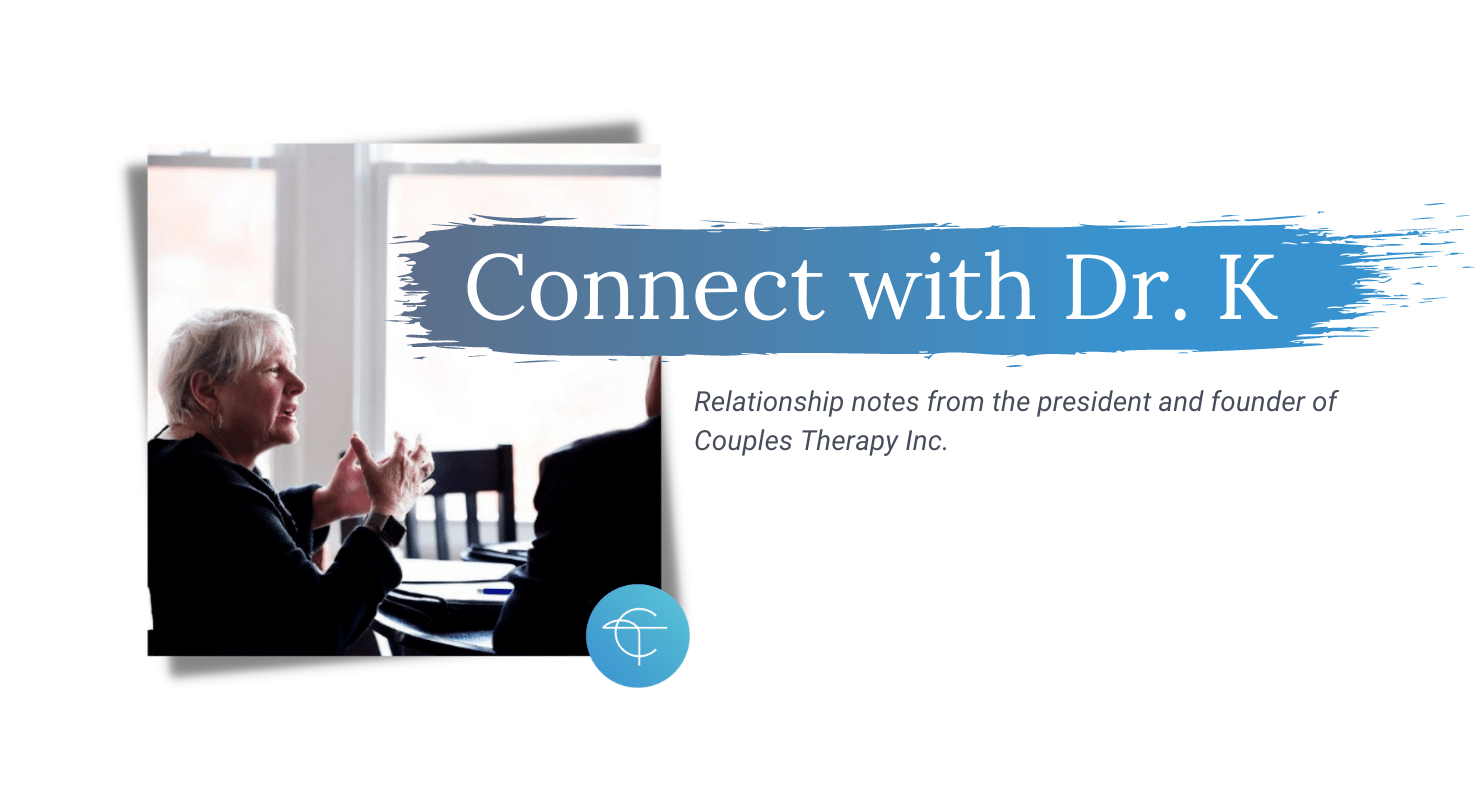My girlfriend avoids conflict at all costs, how can I make her feel safe enough to embrace our problems for what they are?
A lot of what you can do is going to depend upon why she is conflict avoidant. But in any case, this is likely one of your relationship’s “perpetual problems” (69% of relationship problems fall into this category). In addition, it is not an issue you can be “safe” enough or “nice enough” to drive away by yourself. And her behavior can be hurtful.
What if she avoids saying she can’t go with you to an event you have planned long ago because she found out more recently about another she feels obligated to attend? Maybe it isn’t the cancelling of the event, or the money you lost, that bothers you. Maybe it is because she waited until the day before (after you got all psyched up for it) to tell you. She may say that she didn’t want to “hurt your feelings” which you know is bull. She was avoiding the potential conflict.
Later in the relationship you might find clothing she bought and stuck away in her closet only to learn about the purchases when the bill arrives. Or when it should have arrived. And to learn that the bill has been paid late because she didn’t want you to see it (you pay that account and now you have a late payment on your credit report…)
And you know she totally broke it off with her ex, and trust her, but why did she just throw away his holiday card, instead of showing it to you? Doesn’t she know how “suspicious” that looks? You got it: conflict avoidance.
It isn’t a matter of how much you “trust” her, it is a matter of how “trustworthy” she is acting.
We see many examples of perfectly reasonable spouses losing their tempers (and “making it worse” according to their conflict avoiding mates) and never realizing just how much they have been set up. Behind the “fear” of upsetting YOU, is the simple refusal to tolerate imagined arguments and the discomfort she imagines feeling.
And when both spouses are conflict avoidant (one of the three styles in managing conflict that couples exhibit according to John Gottman) it can escalate conflict that is the very thing they are trying to avoid! Avoiding conflict can be taught growing up, a passive aggressive strategy that binds the target, a temperamental preference or even an adaptation to trauma.
But it can’t be solved problem by problem. It only gets worse that way.
Sit down without having a specific issue on the table. Outline the painful impact minimizing, distorting, hiding or outright lying is having on you and your relationship. Own the fact that you can actually do nothing about her choice to dodge the conflict. And you simply won’t live a detective’s life looking for clues about what might be happening you don’t know about (yet).
While you can and should be open to learning how you can respond better, don’t buy all of the ownership for the problem. As I pointed out above, she plays a pivotal role in intensifying your angry response.
And decide how you will each respond to every avoidance strategy in the future, not to the incident itself (the event she didn’t go to, the clothes she bought, the bill she hid.)
If this isn’t a pattern you see progress on, or you become the “scary dude” she’s too “frightened to confront,” it is a bad sign.
In the future it could be the pregnancy she decided not to mention because of the birth control she decided not to use, the romantic interest she held from you secretly hoping it would die down, or the school trip or your child’s drug use she was afraid you wouldn’t handle well, so she decided what to do on her own.
Relationships survive on trust, and her avoidance of candor is eroding your trust.
If you believe you have been responding to conflict appropriately up to now (staying calm and regulated, not sulking or “punishing her” for disagreeing with you) stop worrying that this is something you can do anything about.
Have that talk, tell her how vital it is to the future of your relationship for her to be candid and forthcoming with you, and then wait and see if she changes.
The ball is really in her court.
And if she doesn’t run with it, no matter how much you care for her, decide if this is really the way you want to live in an intimate relationship. If it is, learn to ignore a lot. If it isn’t, you have learned a valuable lesson on what behaviors to avoid in the future.


